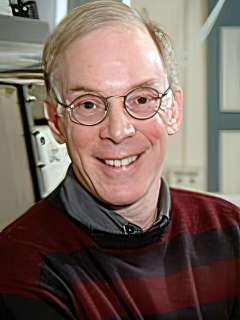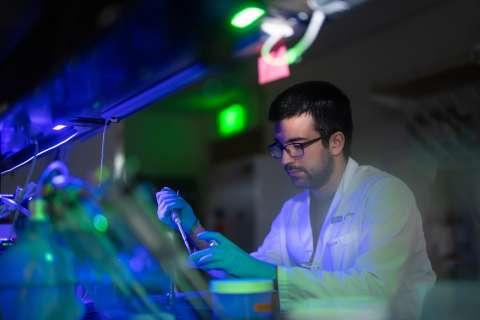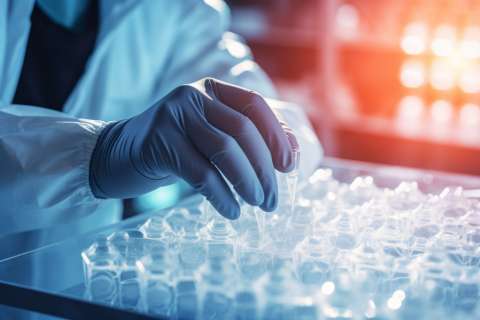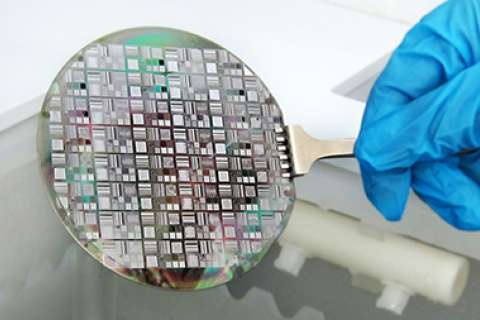
Bruce Dunn, PhD
Languages
Contact Information
Phone
Scientific Interests
Dr. Bruce Dunn's research focuses on electrical and optical properties of inorganic solids, sol-gel derived materials, solid electrolytes and battery electrode materials.
One of Dunn's research directions is to use sol-gel synthesis methods to create electrochemical materials with designed chemistry and microstructure. In his current research, he and his colleagues are determining how the high surface area of transition metal oxide aerogels influences electrochemical properties. These aerogel materials exhibit properties which combine the characteristics of both batteries and capacitors and Dunn has been investigating the properties of electrode structures based on these materials. He and his associates were also awarded a Multidisciplinary University Research Initiative (MURI) grant to establish the enabling science and technology for creating 3-dimensional nanostructured batteries.
Another project in the group involves a study of the infra-red optical properties of electrochromic polymers as they cycle between their conducting and insulating states. The research emphasizes the relation between the optical changes and their electrochemical kinetics.
For several years, Dunn and his colleagues have studied sol-gel derived materials which incorporate organic and organometallic molecules for use as in situ optical probes of sol-gel chemistry and for creating new optical materials. In their recent work, they added surfactants to the sol, leading to the formation of mesoporous materials which exhibit highly ordered arrangements of nanometer diameter pores. One direction for this research has been to deliberately control the location of the dopant in the mesostructure according to its chemical nature. The researchers are also investigating mesoporous oxides which possess electrochromic properties and still others that exhibit electronic conduction.
One of Dunn's continuing interests is the synthesis of biomolecular materials in which the desired biomolecule is encapsulated within sol-gel derived inorganic matrices. The sol-gel chemistry is controlled so that enzymes and antibodies remain stable in the inorganic matrix and retain their characteristic properties and structure. The Dunn group is using this approach to synthesize unique biosensor materials with excellent sensitivity and specificity for various neurotransmitters and hormones. An important direction for this research is to fabricate the sol-gel biosensors into geometries for fiber optics and waveguides.
Highlighted Publications
Lim J, Cirigliano N, Wang J, Dunn B. Direct electron transfer in nanostructured sol-gel electrodes containing bilirubin oxidase. Phys Chem Chem Phys. 2007; 9(15): 1809-14.
Kickhoefer VA, Garcia Y, Mikyas Y, Johansson E, Zhou JC, Raval-Fernandes S, Minoofar P, Zink JI, Dunn B, Stewart PL, Rome LH. Engineering of vault nanocapsules with enzymatic and fluorescent properties. Proc Natl Acad Sci U S A. 2005; 102(12): 4348-52.
Lan EH, Dunn B, Zink JI. Nanostructured systems for biological materials. Methods Mol Biol. 2005; 300: 53-79.
Luo TJ, Soong R, Lan E, Dunn B, Montemagno C. Photo-induced proton gradients and ATP biosynthesis produced by vesicles encapsulated in a silica matrix. Nat Mater. 2005; 4(3): 220-4.
Minoofar PN, Dunn BS, Zink JI. Multiply doped nanostructured silicate sol-gel thin films: spatial segregation of dopants, energy transfer, and distance measurements. J Am Chem Soc. 2005; 127(8): 2656-65.


